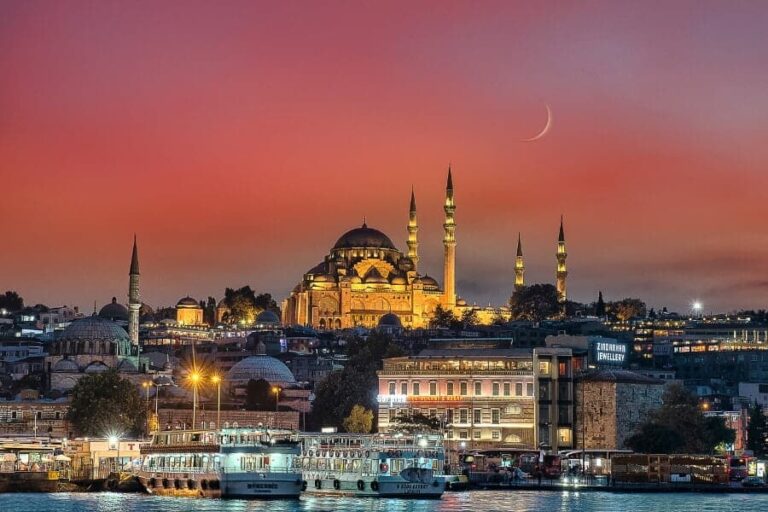Theodosius Cistern Ticket Price & Hours [Updated 2024]
[ad_1]
Theodosius Cistern is located in Sultanahmet, one of the most popular touristic centers of Istanbul. There are light shows every hour in the cistern, which was recently restored and opened to visitors.
The most famous cistern in Istanbul is the Basilica Cistern from the reign of Emperor Justinian. But Theodosius Cistern is essentially even older than Basilica Cistern. This cistern takes its name from Theodosius II, who made many architectural contributions to Istanbul.
There is also a third cistern, the Cistern of Philoxenos, in Sultanahmet. Of the three, Theodosius Cistern is the smallest when ranked in size. However, as this is the most recently restored cistern, visiting it is a wonderful experience for those who trace Roman (and Byzantine) history.
Why Were Cisterns Built?
Istanbul was actually a Greek colony founded in the 7th century BC. In this period, its name was Byzantium. The name of the city came from Byzas, who came here from Ancient Greece and founded the city.
Although the small town of Byzantium was established in a water-scarce area, it could survive by storing rainwater. Early settlers were minimally affected by the very dry nature of the Historical Peninsula (Constantinople).
However, Byzantium became the eastern capital of the Roman Empire in the 300s. When Emperor Constantine moved his throne here, Constantinople suddenly became one of the most populated cities in the world.
Members of the Roman Senate and Roman nobles had moved to Constantinople. The place known today as the Sultanahmet district had suddenly become the royal area of the “New Rome” city.
Iconic structures such as the Hippodrome of Constantinople, the Great Palace, the Baths of Zeuxippus and the Hagia Sophia were built here over time. For this reason, the need for water in the center of the capital had increased tremendously.
The largest aqueduct project of late antiquity began to be built to meet the capital’s water needs. Thanks to this water system, which was completed during the reign of Emperor Valens, drinking water could be brought to Constantinople from hundreds of kilometers away.
The water carried to the city from this aqueduct was stored in three giant cisterns built in the area known today as Sultanahmet (the eastern end of the Historical Peninsula). Thus, water could be supplied to the imperial structures I mentioned above.
Theodosius Cistern Entance Fee 2024
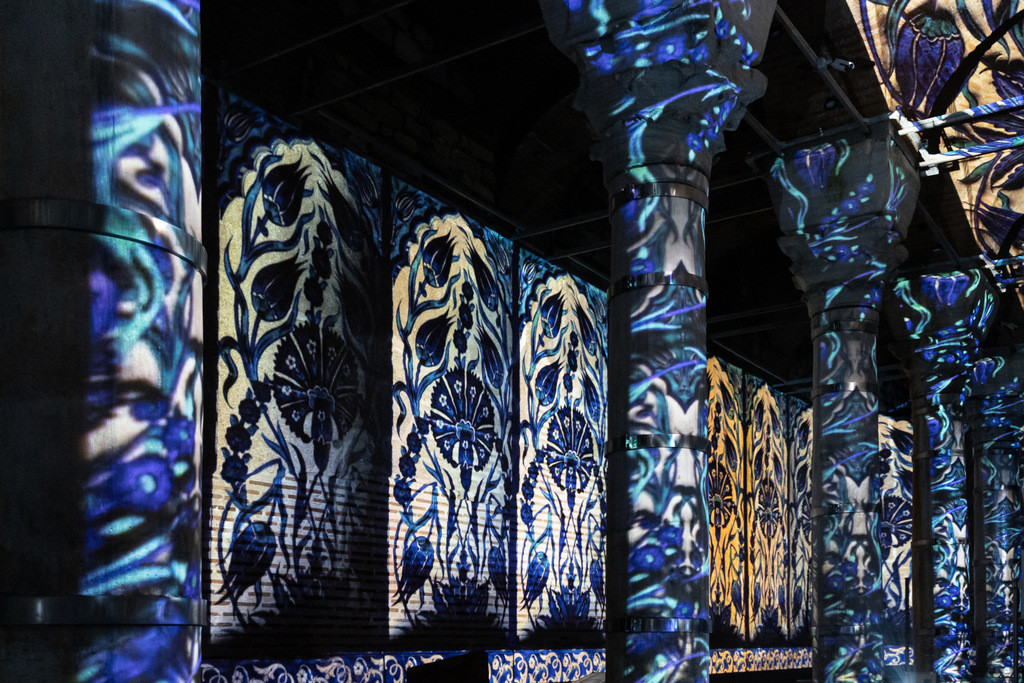
The entrance fee for Theodosius Cistern is 650 Turkish Liras in 2024. The Istanbul Museum Pass card is not valid in the museum, known locally as the Şerefiye Cistern. The information about the ticket price was last updated on May 15, 2024.
In the cistern, there is a light show every hour reflecting the history of Istanbul on the walls. If you want to be able to see the light show, for example at 10:00 in the morning, it is recommended that you be at the museum by 09:50 at the latest.
Theodosius Cistern Opening Hours 2024
The opening hours for Theodosius Cistern are between 09:00 in the morning and 19:00 in the evening. Information about visiting hours was last updated on May 15, 2024.
The visiting hours of the museum may change due to renovations or events. Before you go, I suggest you check the Şerefiye Cistern’s official site one last time.
Conclusion
There are many Byzantine period structures to see in Istanbul. You can find information about Byzantine artifacts in Istanbul on the home page of this site, which is about the Byzantine heritage in Istanbul.
You can also join a tour on the Byzantine history of Istanbul. Serhat Engul, the author of this site, is a licensed tour guide in Istanbul and organizes Byzantine Istanbul themed private tours. You can read more about Byzantine history tours from this post.
Written by Serhat Engul
[ad_2]
Source link

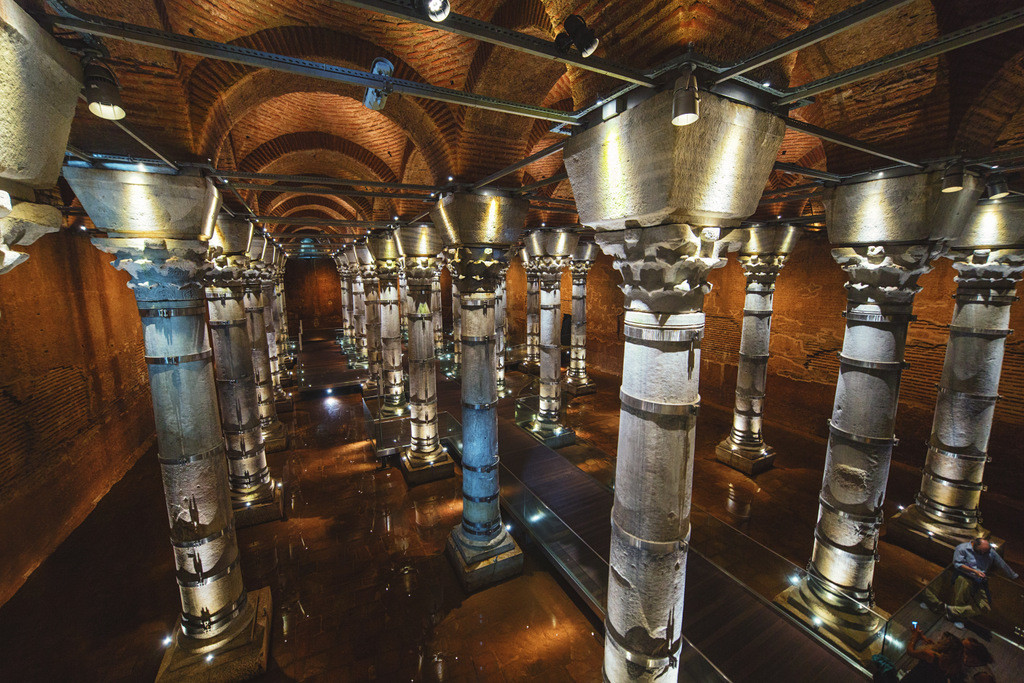
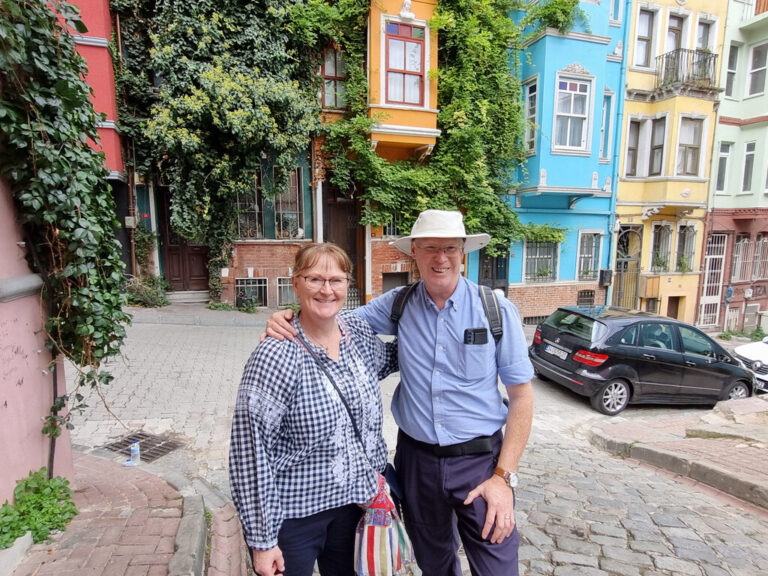
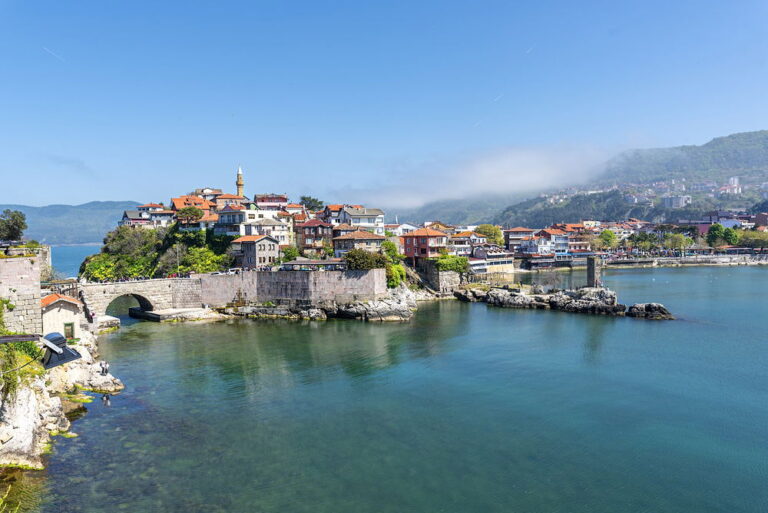
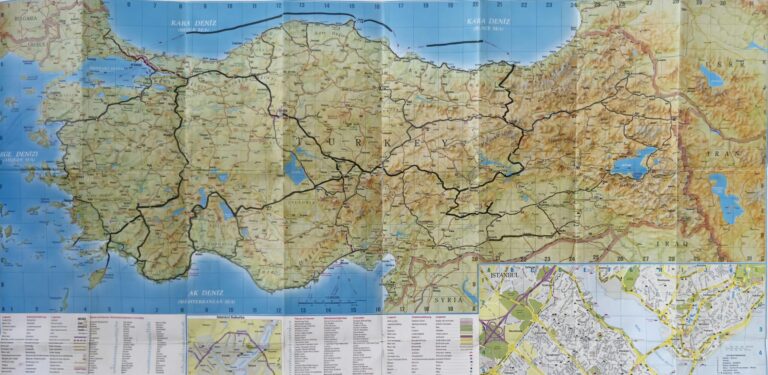
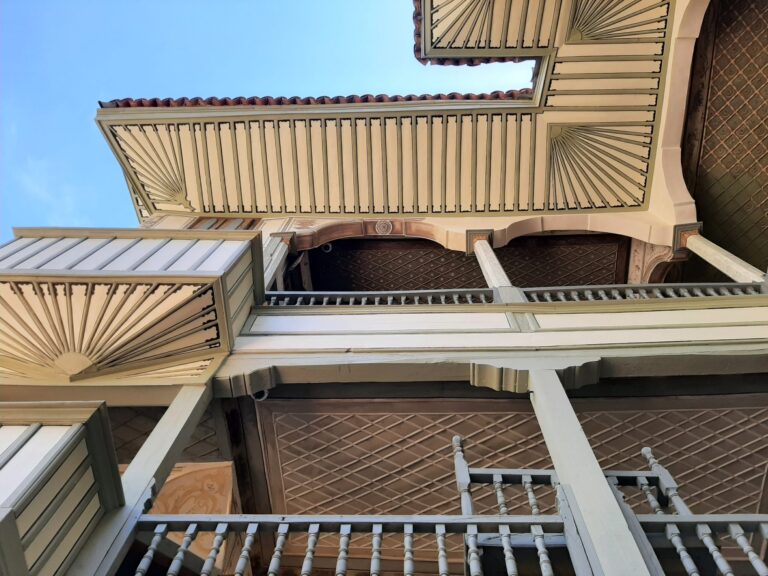
![Grand Bazaar (Istanbul) Opening HOURS [Updated 2024]](https://traveltrendingfinders.com/wp-content/uploads/2024/10/Grand-Bazaar-B2-Dreamstime-768x513.jpg)
